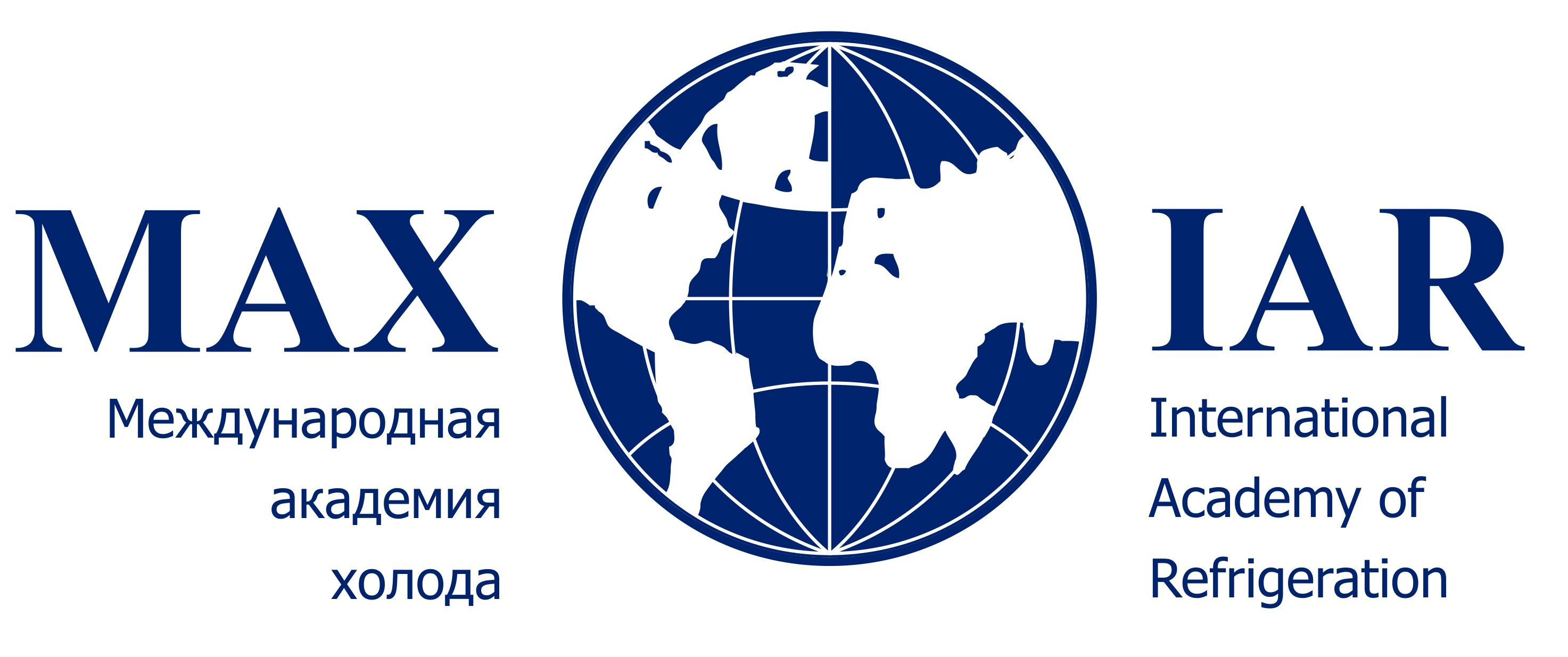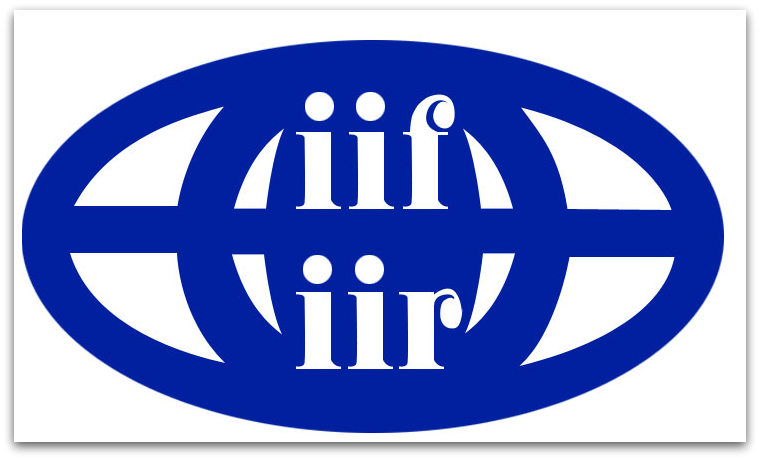Spectrometric analysis of titanium dioxide-based coating to be applied to a combined solar collector
DOI: 10.17586/1606-4313-2024-23-4-39-45
UDC 620.92
Shein V.М.
, Nikitin А. А., Vladimir A. Korablev, Sulin A.B., Krivosheev Vladimir E.
Keywords: spectrometry, degree of blackness, ATR, heat flux, atmospheric window, IR spectrum, renewable energy sources.
UDC 620.92
Spectrometric analysis of titanium dioxide-based coating to be applied to a combined solar collector
For citation: Shein V.M., Nikitin A.A., Korablev V.A., Sulin A.B., Krivosheev V.E. Spectrometric analysis of titanium dioxide-based coating to be applied to a combined solar collector. Journal of International Academy of Refrigeration. 2024. No 4. p. 39-45. DOI: 10.17586/1606-4313-2024-23-4-39-45
Abstract
Currently, one of the rapidly developing areas of research in the field of renewable energy sources is the development of heat exchangers (solar collectors) of combined type of action. However, as research show, the main factor to ensure maximum efficiency of such units, both in the night and day modes of operation, is the selective coatings used in the collectors. The main objective of this work is to perform a spectrometric study of the absorption/emissivity in the IR wavelength range of the developed titanium dioxide-based selective coating using a Fourier infrared spectrometer. Of particular interest is the range of wavelengths to which the so-called ‘window of atmospheric transparency’ – atmospheric window (8-13 microns) corresponds, as it is the emissivity of the absorber plate with the applied coating in this range that can be used to evaluate the efficiency of the combined collector in the night mode of operation. The conducted experimental studies allowed to determine the optimal number of layers and concentration of TiO2 suspension to be applied to the heat exchanger. The absorption/radiation efficiency of the developed coating in the wavelength ranges corresponding to the IR range was also confirmed. The results obtained may serve as a basis for conducting field experiments to assess the efficiency of the prototype for the combined day-night collector.
Abstract
Currently, one of the rapidly developing areas of research in the field of renewable energy sources is the development of heat exchangers (solar collectors) of combined type of action. However, as research show, the main factor to ensure maximum efficiency of such units, both in the night and day modes of operation, is the selective coatings used in the collectors. The main objective of this work is to perform a spectrometric study of the absorption/emissivity in the IR wavelength range of the developed titanium dioxide-based selective coating using a Fourier infrared spectrometer. Of particular interest is the range of wavelengths to which the so-called ‘window of atmospheric transparency’ – atmospheric window (8-13 microns) corresponds, as it is the emissivity of the absorber plate with the applied coating in this range that can be used to evaluate the efficiency of the combined collector in the night mode of operation. The conducted experimental studies allowed to determine the optimal number of layers and concentration of TiO2 suspension to be applied to the heat exchanger. The absorption/radiation efficiency of the developed coating in the wavelength ranges corresponding to the IR range was also confirmed. The results obtained may serve as a basis for conducting field experiments to assess the efficiency of the prototype for the combined day-night collector.
Keywords: spectrometry, degree of blackness, ATR, heat flux, atmospheric window, IR spectrum, renewable energy sources.












